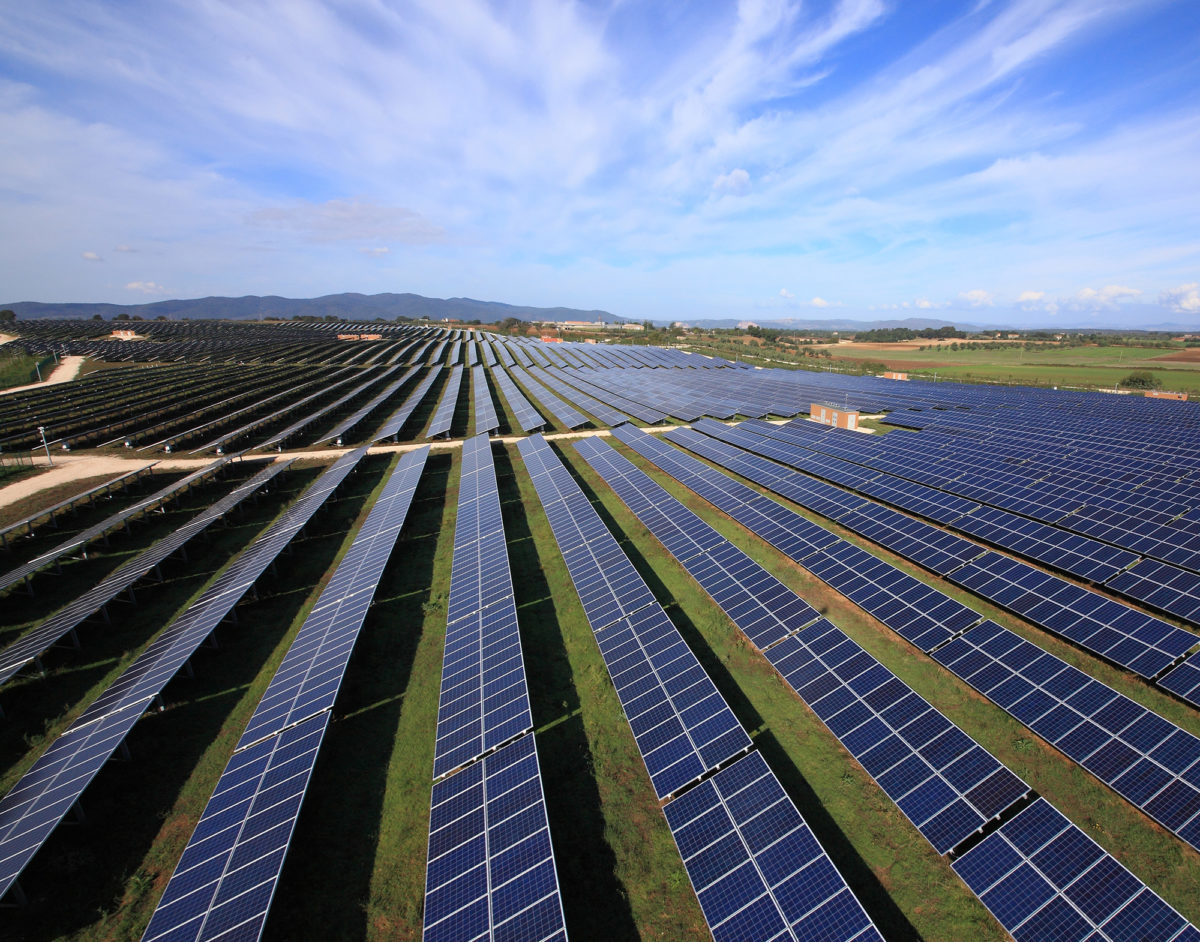Around 409 MW of new PV systems were installed in Italy last year, according to provisional numbers released by the Italian renewable energy association, Anie Rinnovabili, which are based on data provided by the country’s grid operator, Terna.
This result represents an 11% growth compared to 2016, when new additions totaled 369 MW, and an increase of 21% compared to 2015, when newly installed solar capacity was 305 MW.
Last year’s performance was mainly driven by the Italian regulation for self-consumption, the so-called SEU framework, which has been key to Italy’s solar development since the feed-in tariff (FIT) scheme, Conto Energía was closed, and by the grid connection of several “grid-parity” ground-mounted PV plants totaling 66 MW, which were built in Montalto di Castro.
Without these new solar facilities, new additions for 2017 would have been at the same level of the previous year.
According to ANIE Rinnovabili, however, these numbers do not include additional capacity registered under the revamping and repowering regulation, which was issued in February 2017.
Particularly for the repowering business, the Italian energy agency, GSE has allocated a 5% capacity increase for PV installations up to 20 kW, and 1% for PV systems with a capacity over 20 kW, with the additional capacity benefitting from the FIT scheme.
At 88.3 MW, the region with the largest share of new solar power in 2017 was Lazio (where the aforementioned grid-parity projects were developed), followed by Lombardia (57.6 MW), Veneto (49.7 MW) and Emilia Romagna (40.4 MW).
According to the president of ANIE Rinnovabili, Alberto Pinori, the 2018 Italian solar market may perform even better, particularly under the super-amortization on investment goods, a measure which was launched by the Italian government under the Industria 4.0 package in late 2016, and is expected to spur further PV development.
The measure facilitates business investments by allowing an extra-amortization on the purchase of certain tangible assets. The increased amortization charge is fixed at 40%. “This measure, which needed to be explained and conveyed to the market, led to the development of some merchant plants carried out by some investment funds,” Pinori stated.
Pinori also said that further growth may be sustained by fiscal breaks for sustainable PV investments. “Finally we expect that the measure of tax deductions for the citizen will continue to achieve results as in the past,” Pinori added.
“Looking ahead over the medium and long term we see good opportunities for photovoltaics in the light of the news on the future Italian decree on renewable sources that we hope will also include the PV in the auction mechanism and also in light of what is emerging in the European Clean Energy Package , which provides for the development of the local energy community and a broader definition of self-consumer,” he concluded.
This content is protected by copyright and may not be reused. If you want to cooperate with us and would like to reuse some of our content, please contact: editors@pv-magazine.com.




2 comments
By submitting this form you agree to pv magazine using your data for the purposes of publishing your comment.
Your personal data will only be disclosed or otherwise transmitted to third parties for the purposes of spam filtering or if this is necessary for technical maintenance of the website. Any other transfer to third parties will not take place unless this is justified on the basis of applicable data protection regulations or if pv magazine is legally obliged to do so.
You may revoke this consent at any time with effect for the future, in which case your personal data will be deleted immediately. Otherwise, your data will be deleted if pv magazine has processed your request or the purpose of data storage is fulfilled.
Further information on data privacy can be found in our Data Protection Policy.